Gustav Walter Erickson, MD (1919-2003) and the Polio Vaccine Field Trials
Dr. G. Walter “Rick” Erickson graduated from Antioch College and the Medical College of Virginia. He started at the South Bend Clinic in 1950 and went on to lead a field trial of Dr. Jonas Salk’s polio vaccine from 1954-1955. In 1967 he headed a successful vaccination campaign “Operation Measles.” Dr. Erickson served many distinguished roles during his 50-year career in pediatrics including Chief of Staff at St Joseph Hospital, Chief of Pediatrics at St Joseph and Memorial Hospital, Director on the Memorial Health Systems Board, Director of Pediatric Medical Education at Memorial Hospital, and Medical Consultant for Head Start Indiana.
“Those who were too young to remember polio do not realize the change that the vaccine made in America. Of 100 children who developed polio, 50 would have no residual problems, 25 would have mild residual paralysis of an arm or a leg, 15 would be left with severe paralysis and 5 might die. It was the fear of paralysis or death before the advent of the vaccine that made the silent summers so sinister.
In the years before the polio vaccine, the summers were silent. No one gathered at swimming pools, churches or movie theaters. When the polio vaccine removed the fear from the children and their parents, the summers became noisy again.” -G. Walter Erickson. To Save One Child, 2003.
In 1954, the National Foundation for Infantile Paralysis worked in cooperation with local health authorities to conduct a nationwide field study of the effectiveness of a polio vaccine developed by Dr. Jonas Salk. Dr. Erickson was asked to lead the field trial for St. Joseph County, Indiana. Across 130 school sites, a team of physicians and nurses gave the vaccine to 3,425 second-grade volunteers. An additional 13,451 first- and third-graders were used as controls. Across the country, more than 1,600,000 children participated in the field study.
On April 12, 1955, Dr. Thomas Francis Jr., director of the Poliomyelitis Vaccine Evaluation Center at the University of Michigan, announced “The vaccine works. It is safe, effective, and potent.” The field trials showed the vaccine to be 80% to 90% effective at preventing paralytic polio. This success was not the end of the polio vaccine effort, but it was a critical step toward declaring victory over Poliomyelitis.
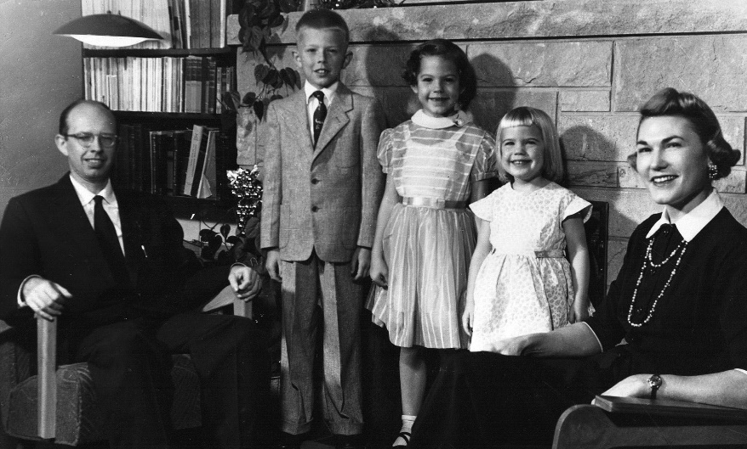
Pictured in photo: Dr. G. Walter (Rick) Erickson, Garwood (Gary) Erickson, Robin (Erickson) Gebrian, Quincy Adams Erickson, and Martha (Adams) Erickson. Courtesy of the Erickson Family.
The G. Walter Erickson Poliomyelitis and Measles Vaccination Collection
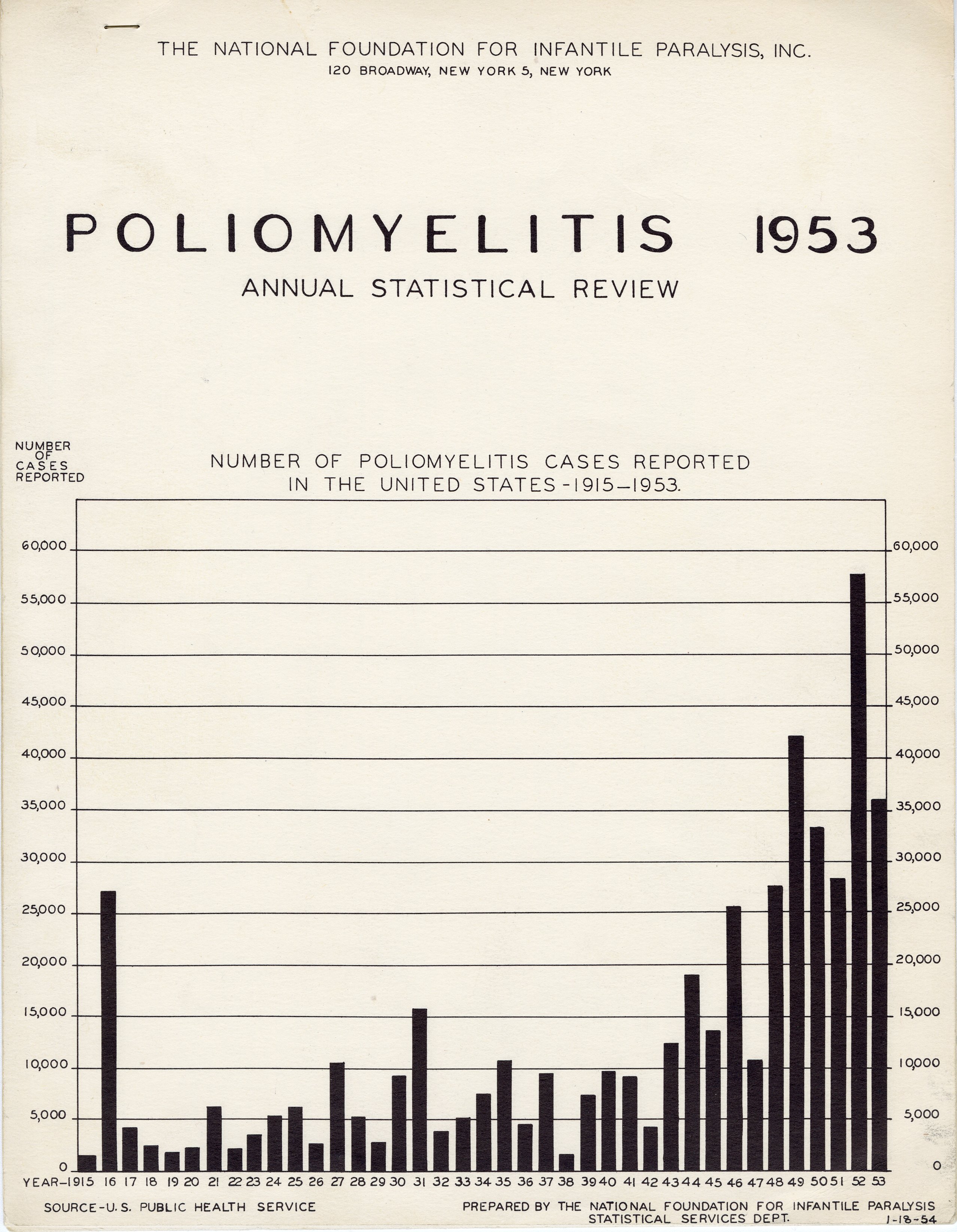
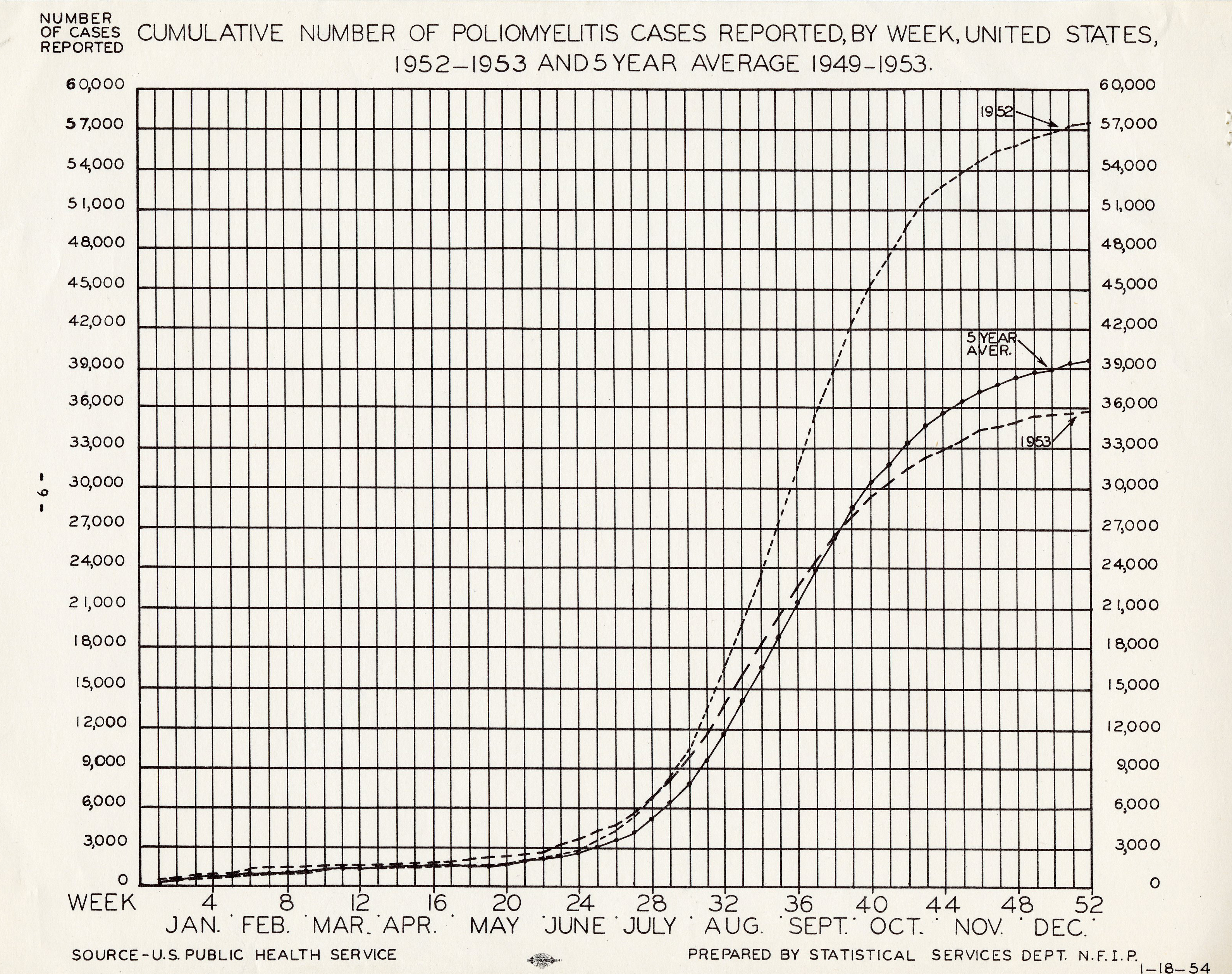
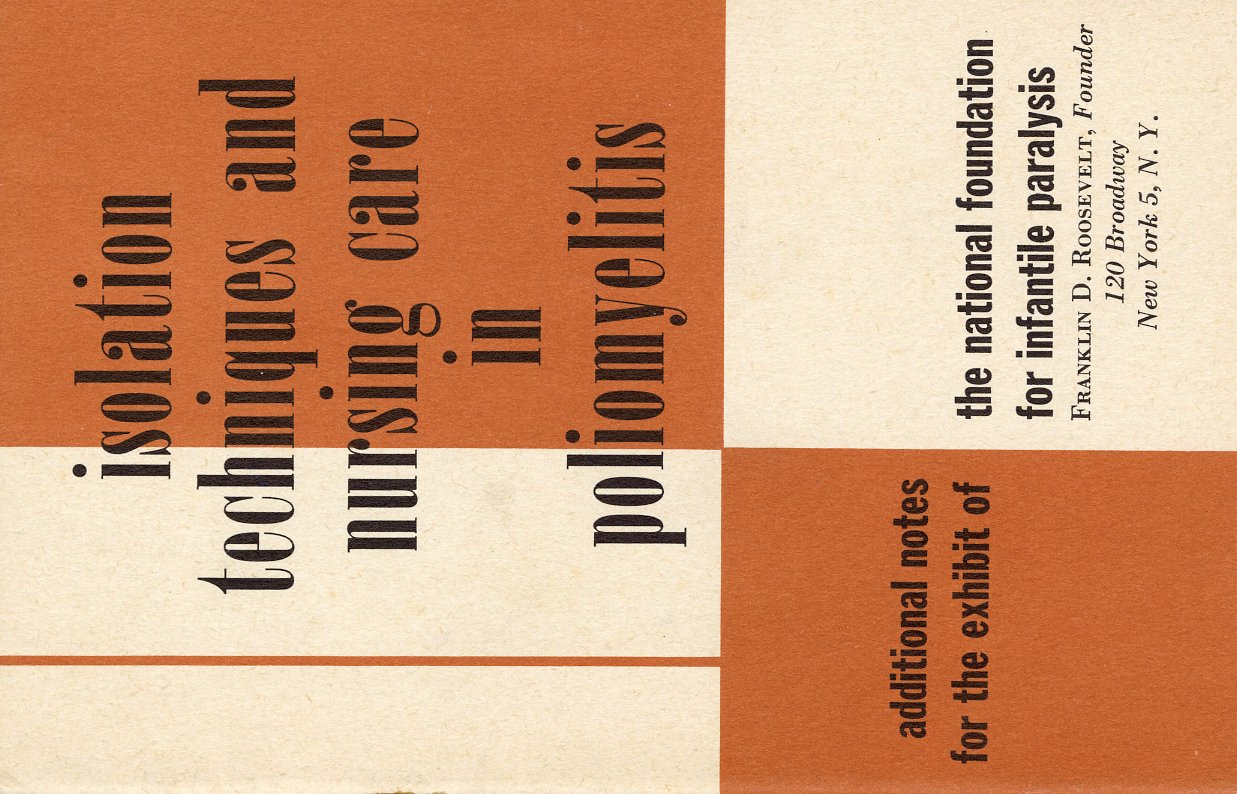
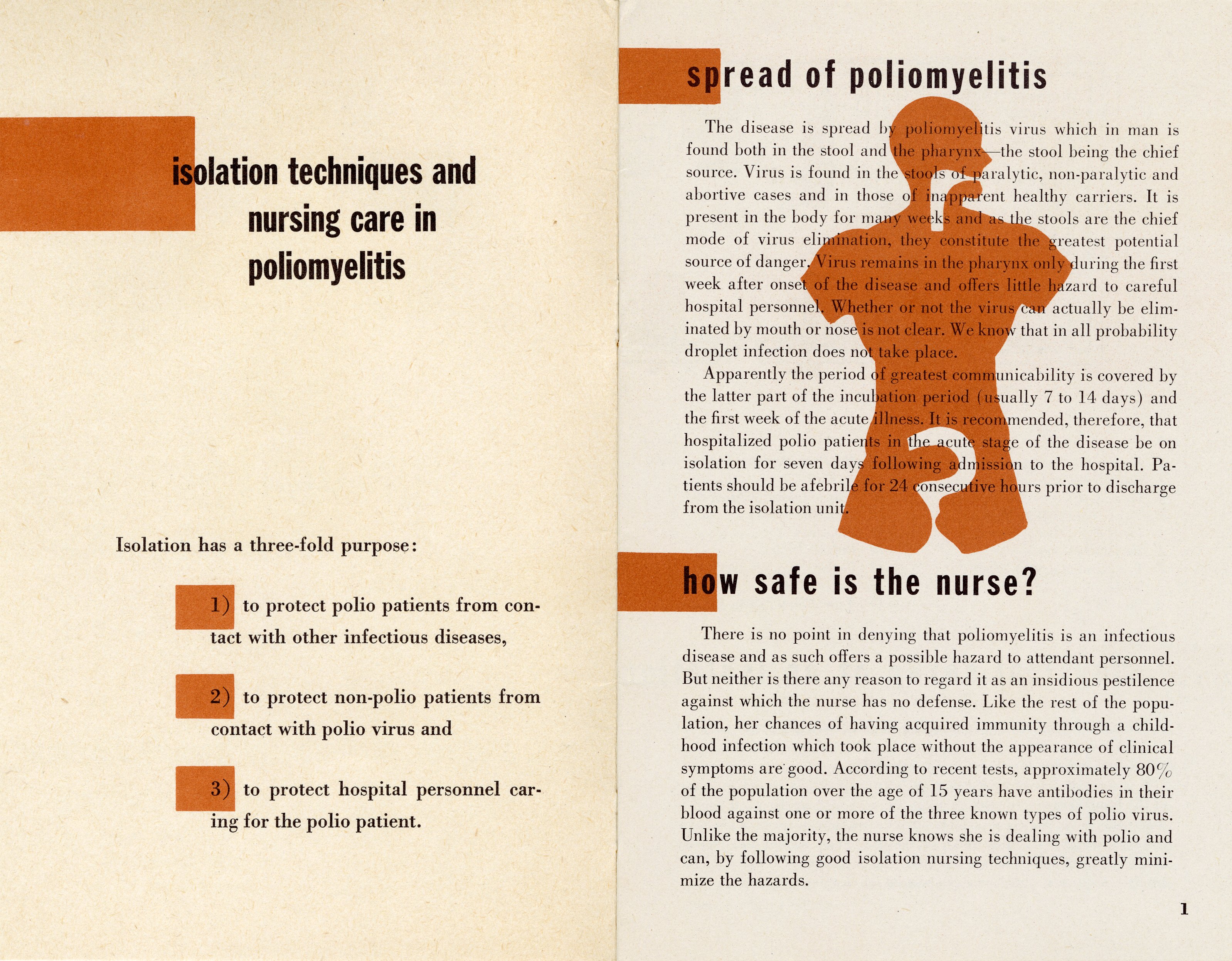
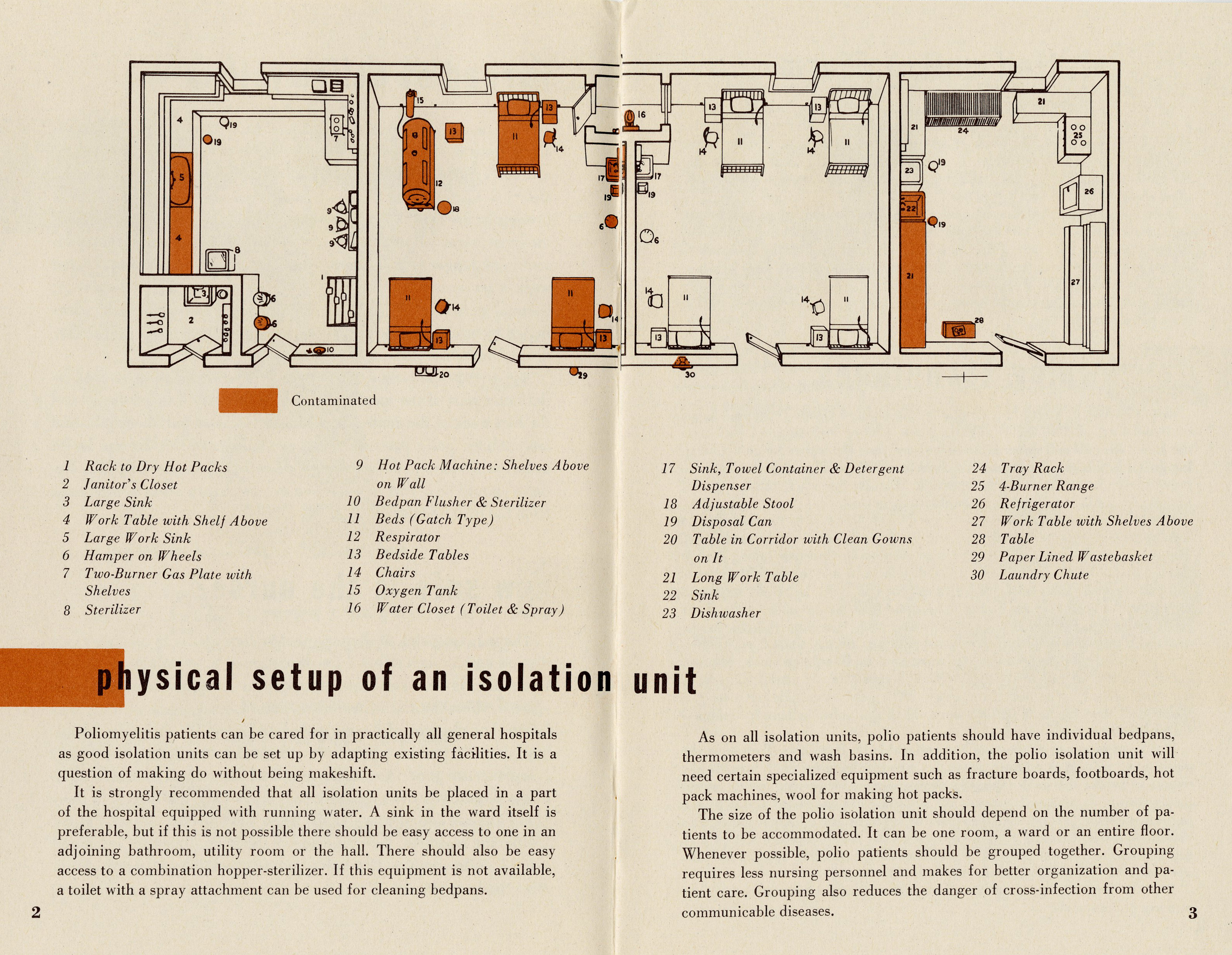
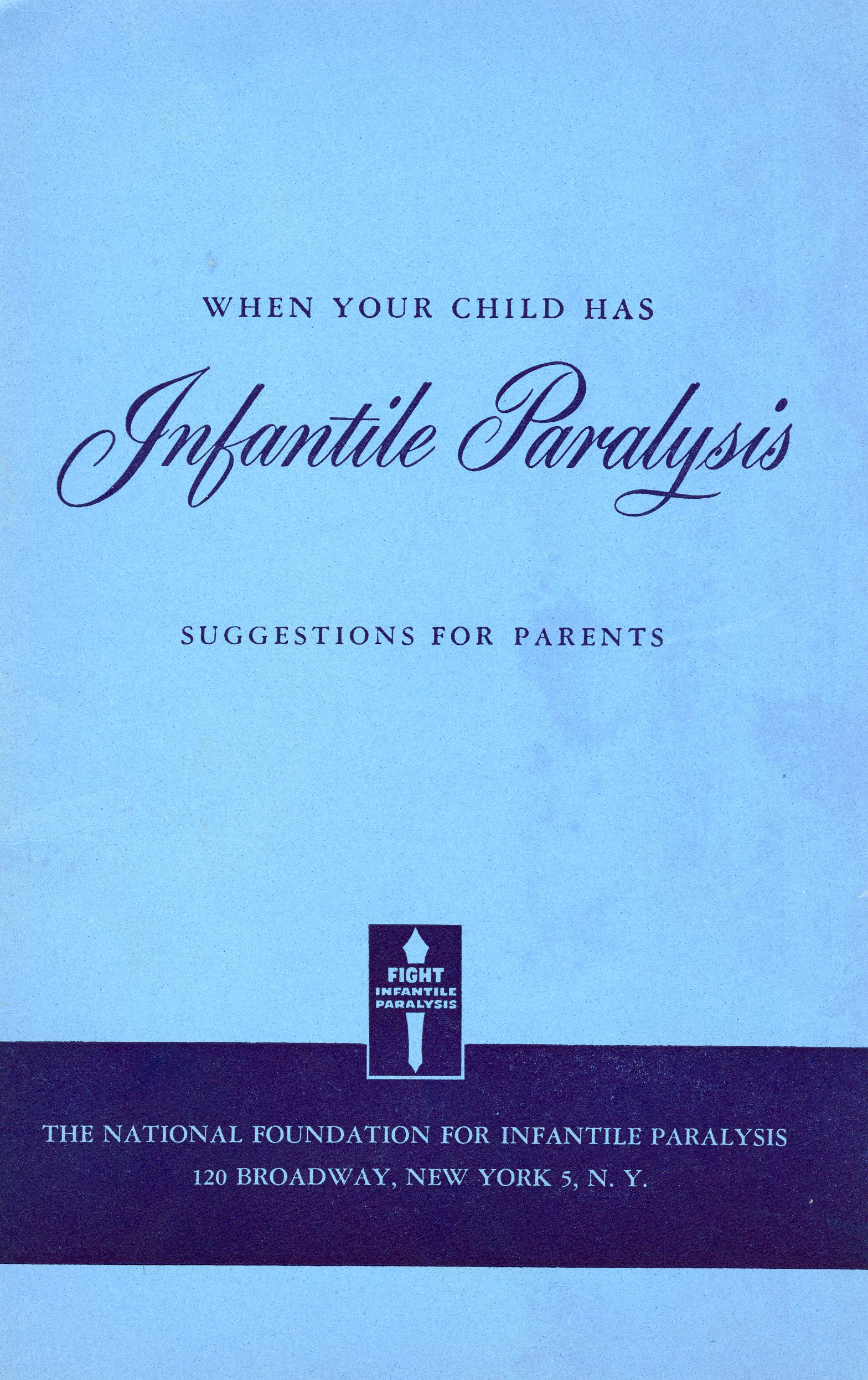
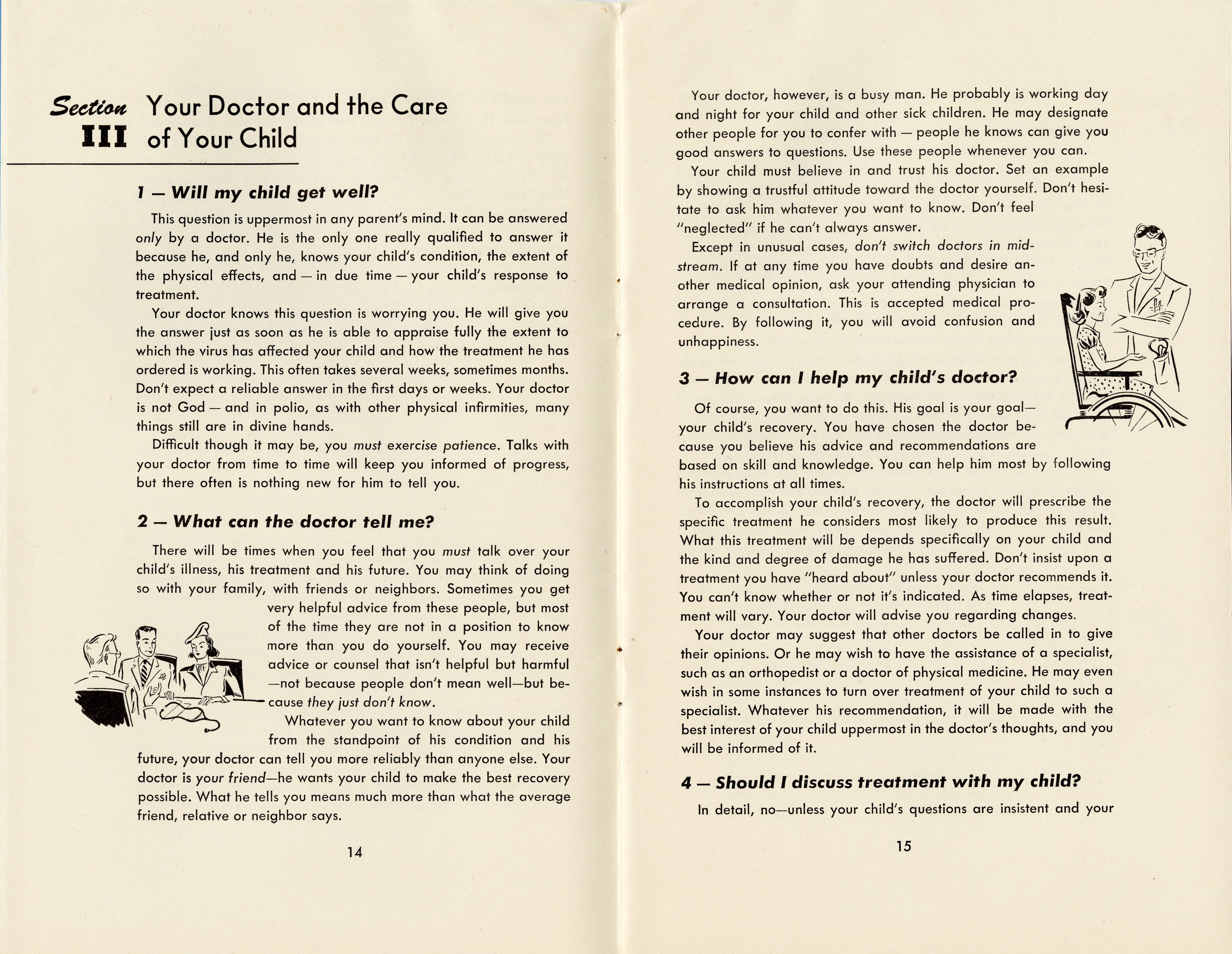
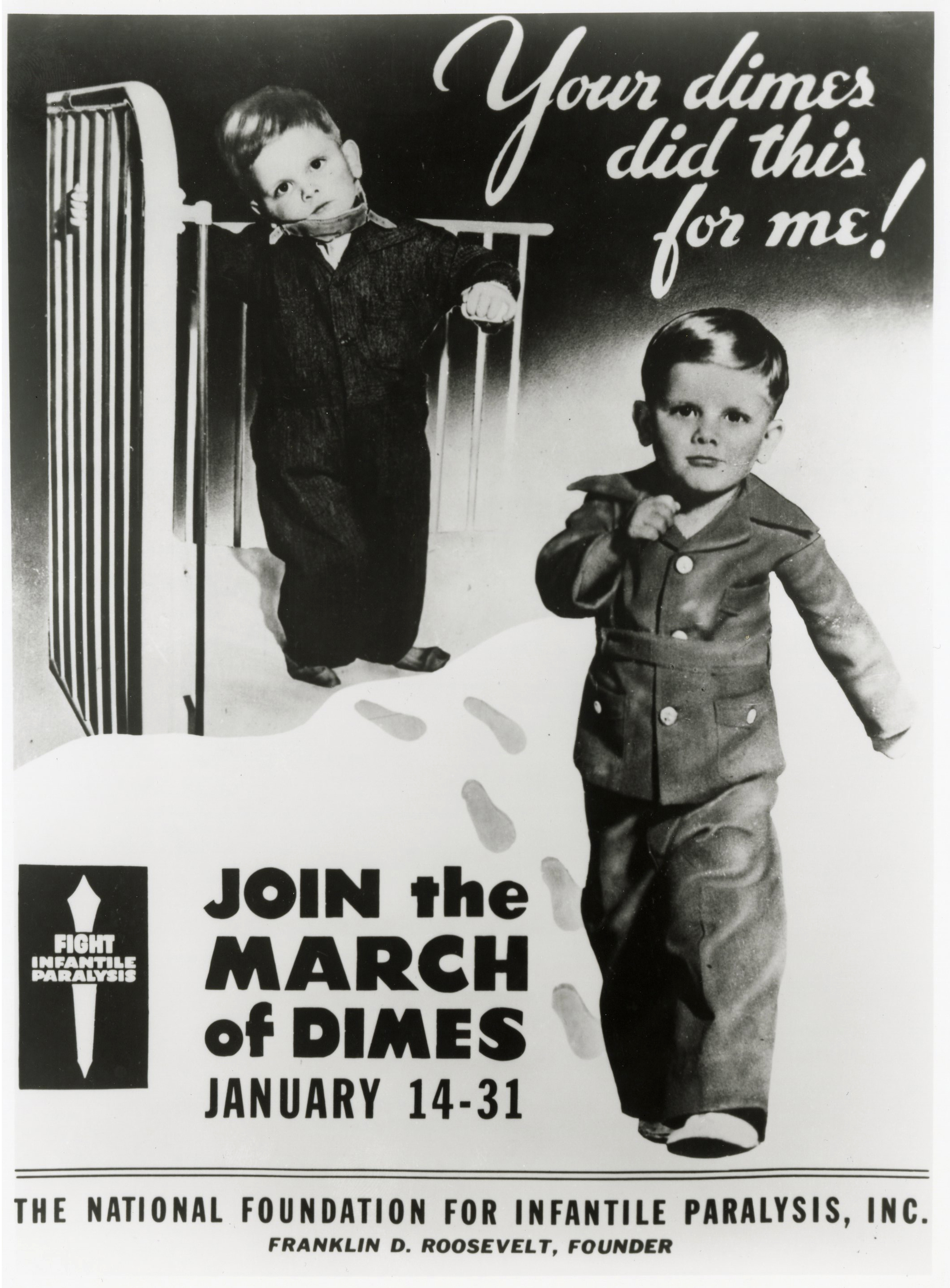
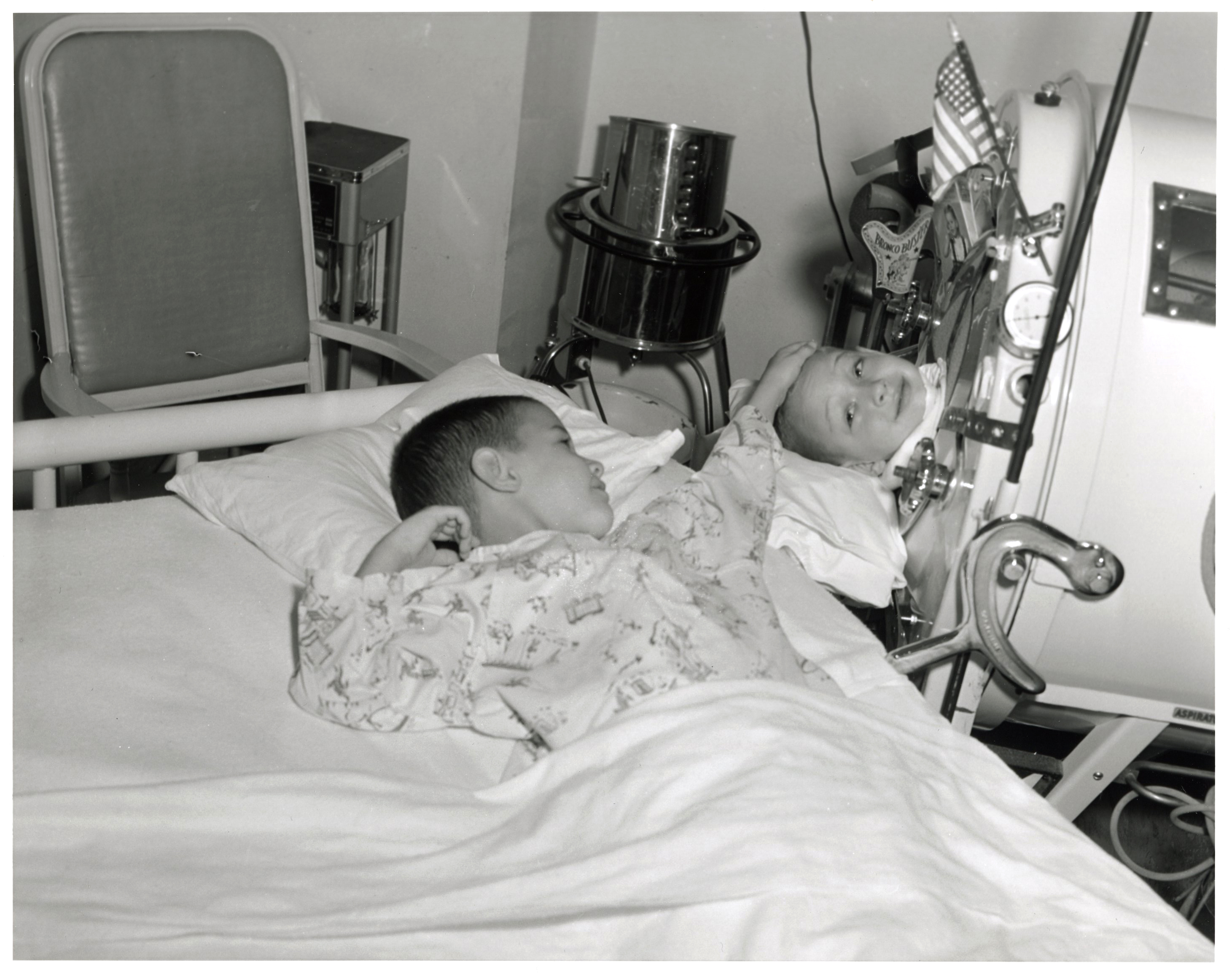
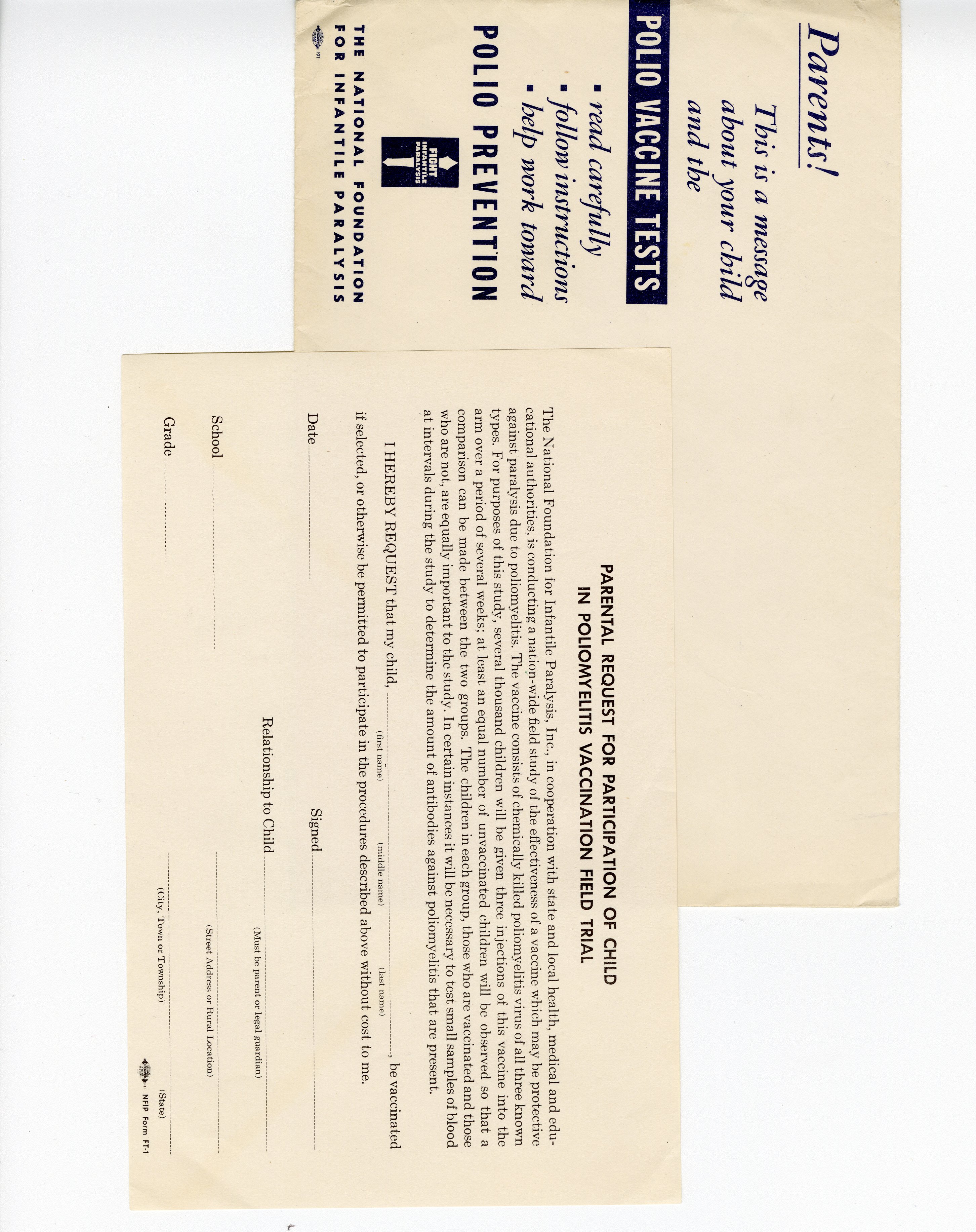
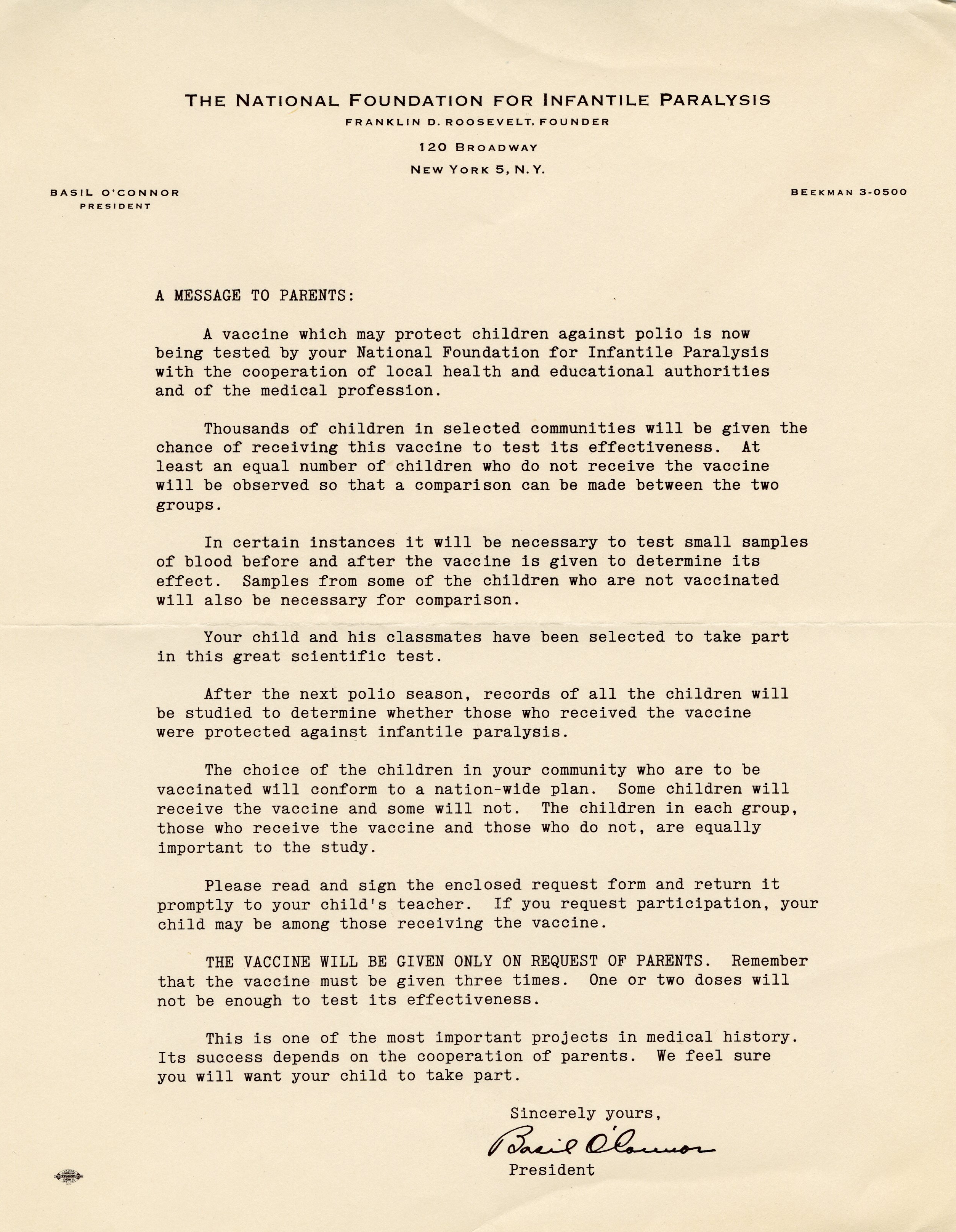
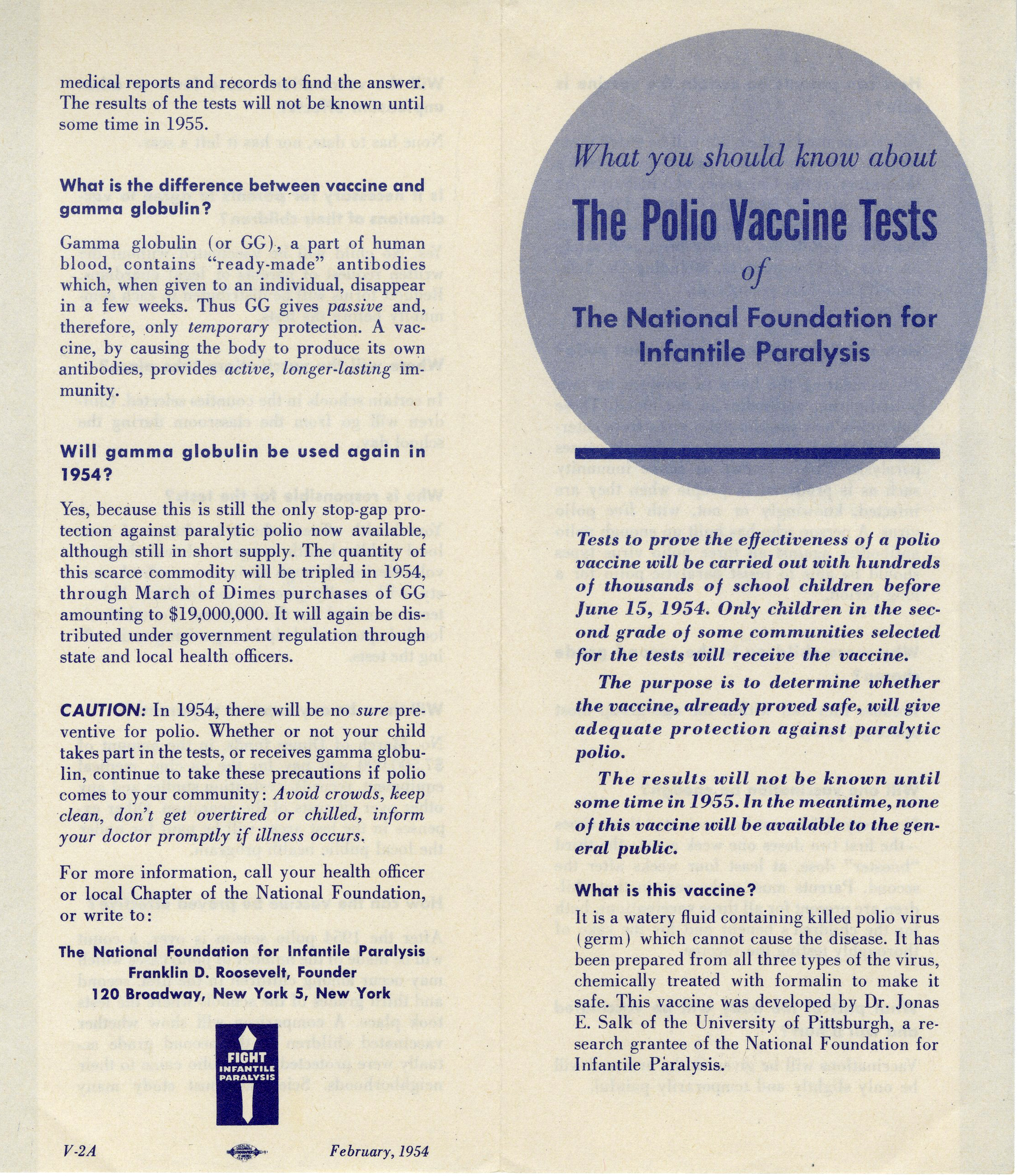
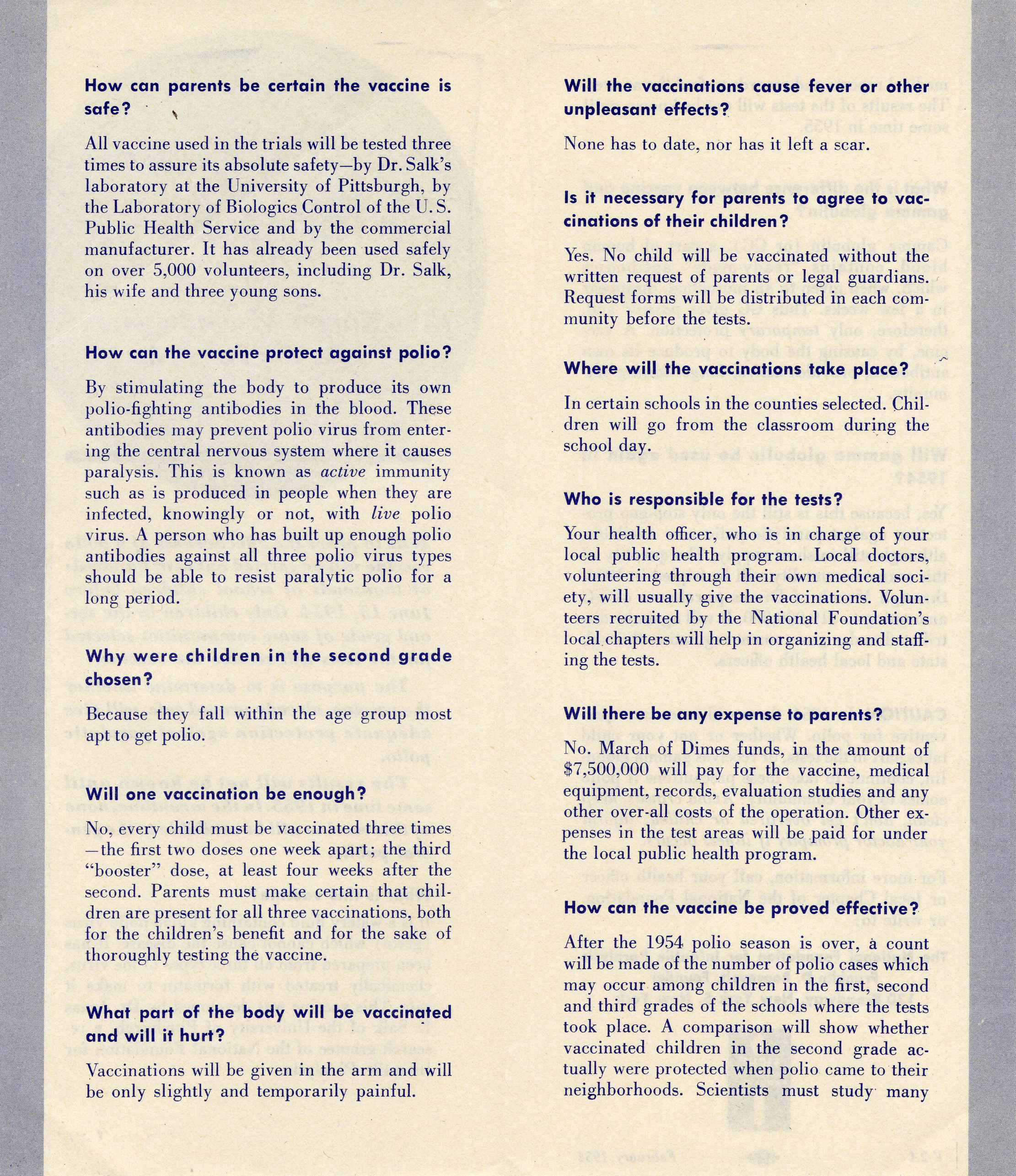
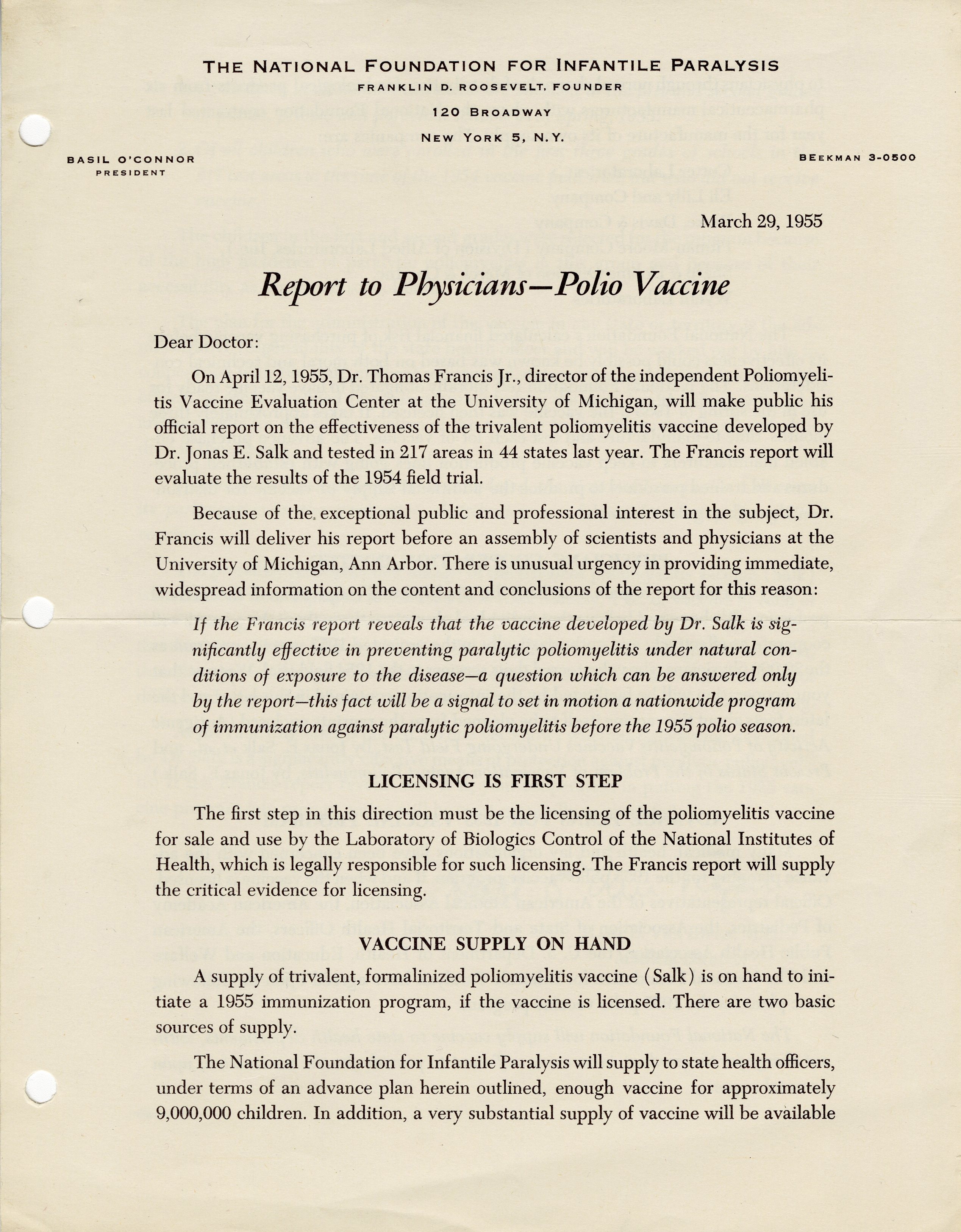
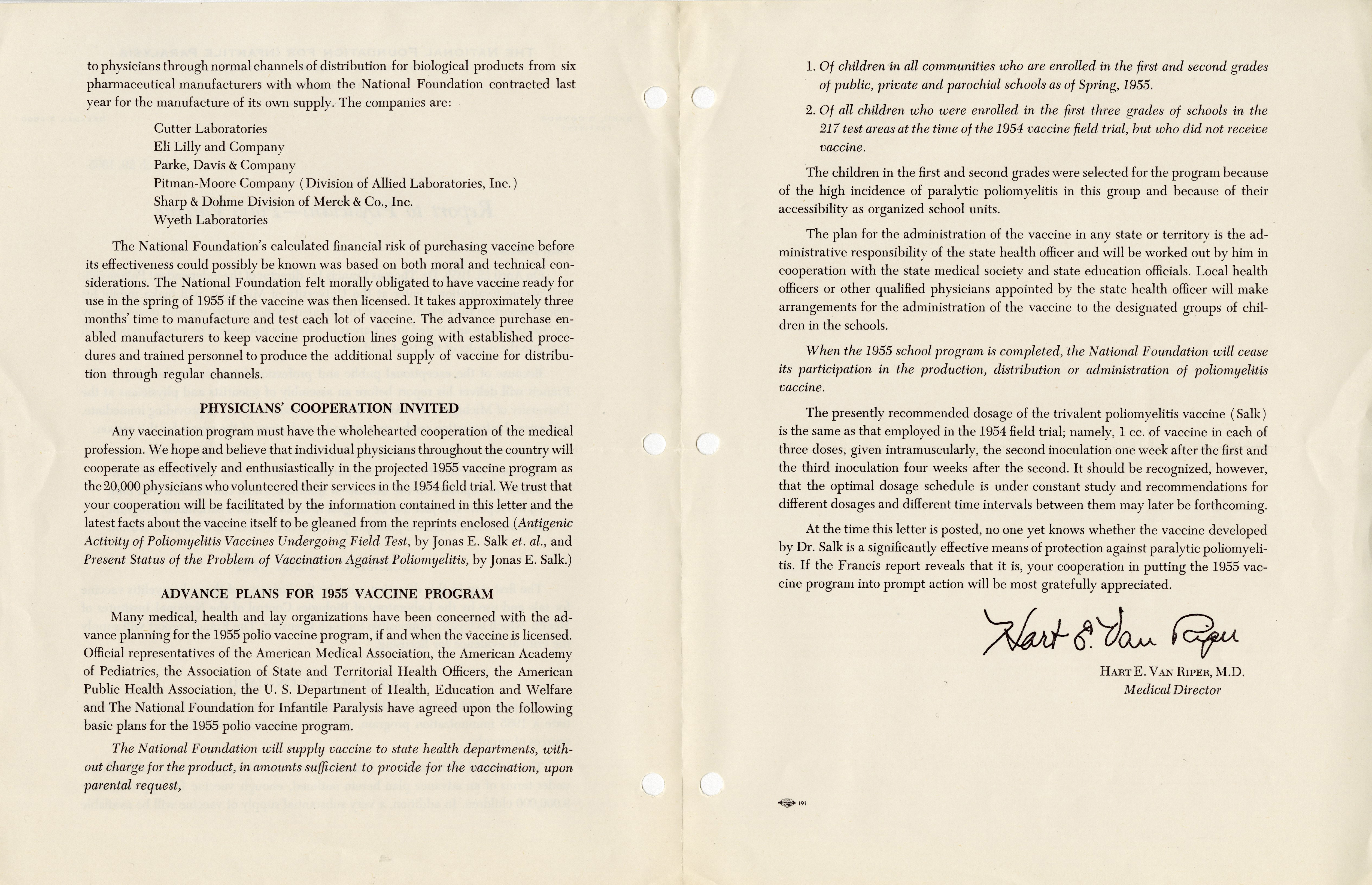
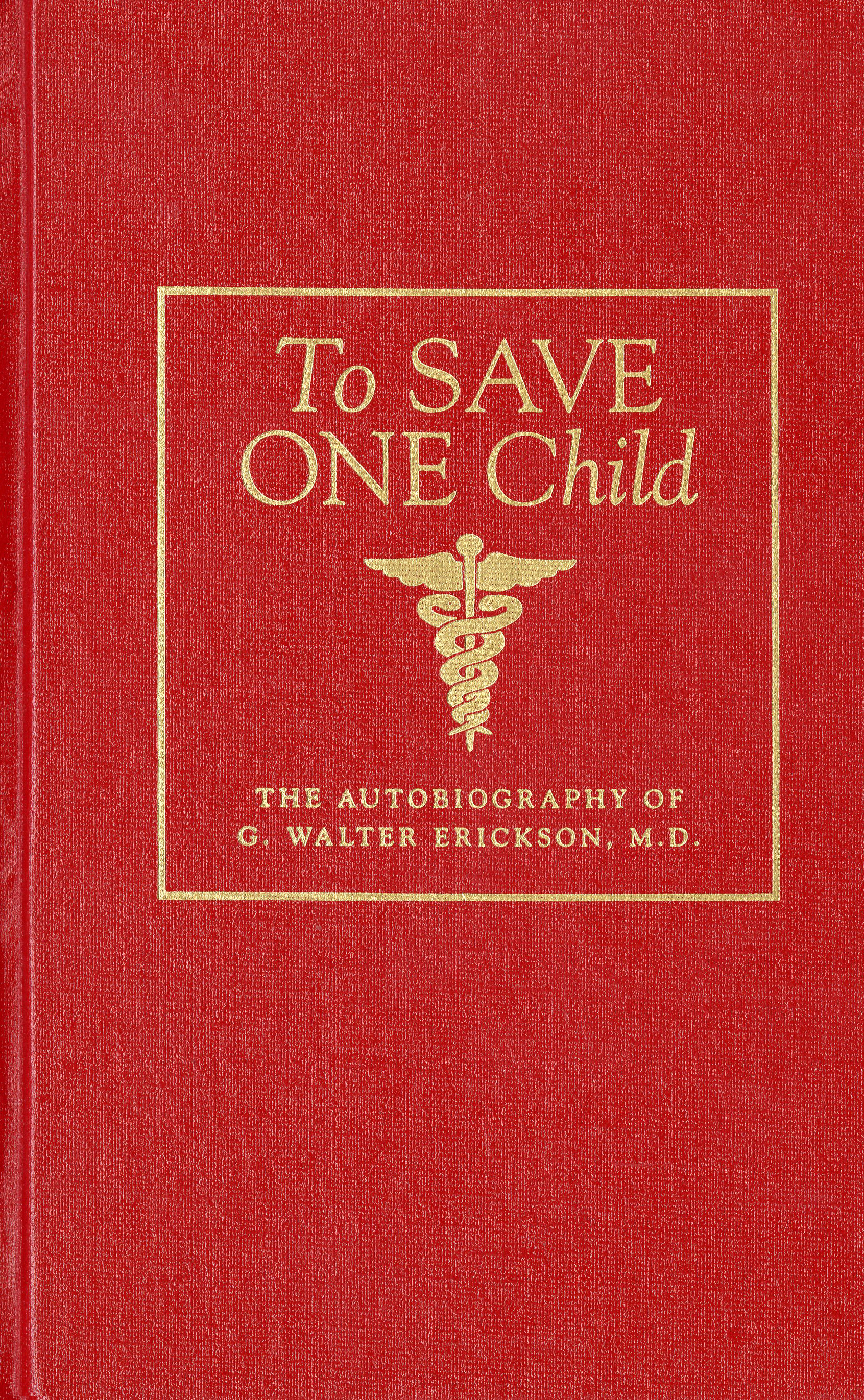
For a look at the AAP’s role in advocating for the Polio Vaccine read “A look back at how the AAP helped jump-start early polio vaccination efforts”.
For more information on how pediatric history is being preserved and celebrated, contact us.
Last Updated
06/28/2022
Source
American Academy of Pediatrics